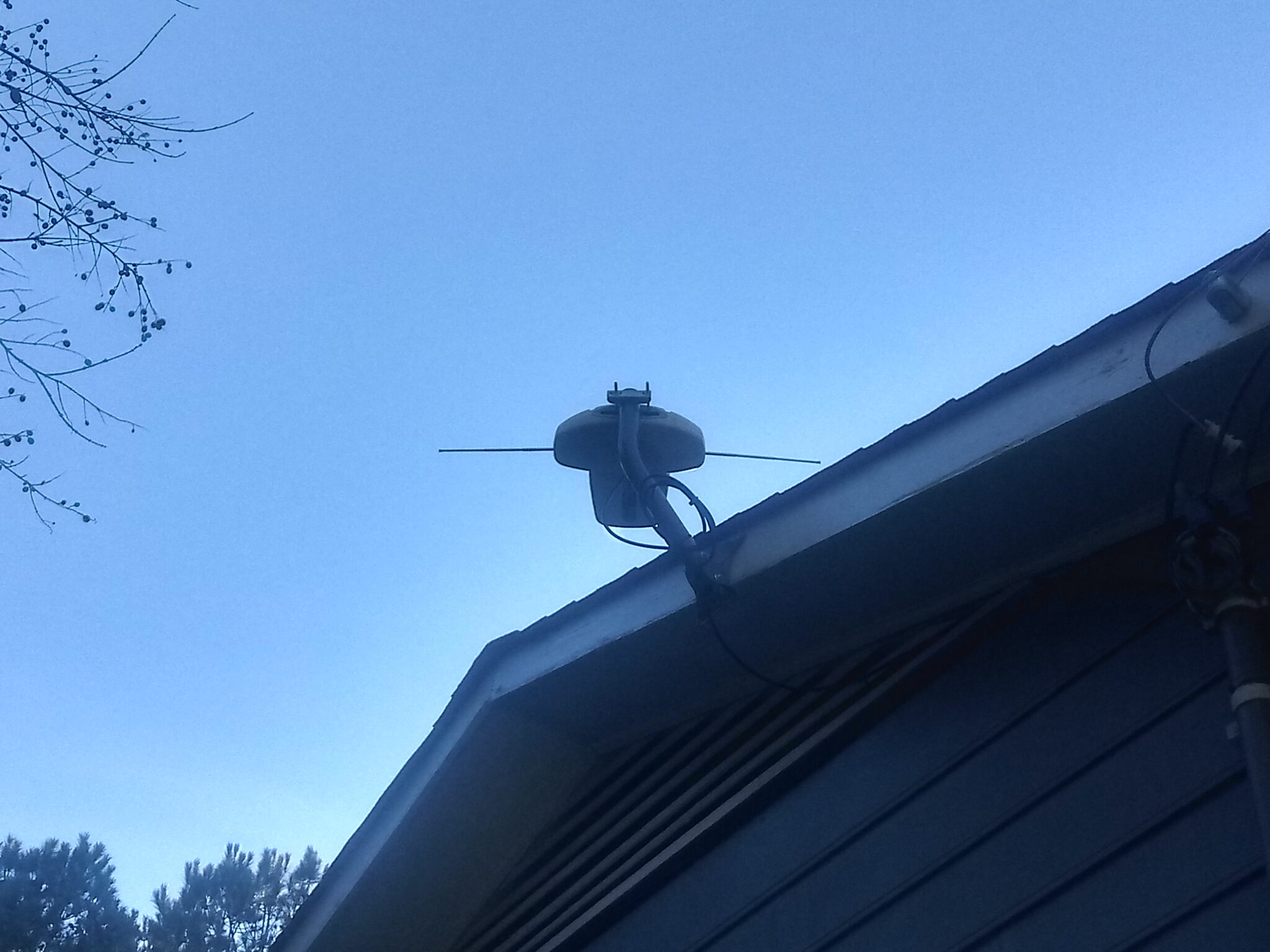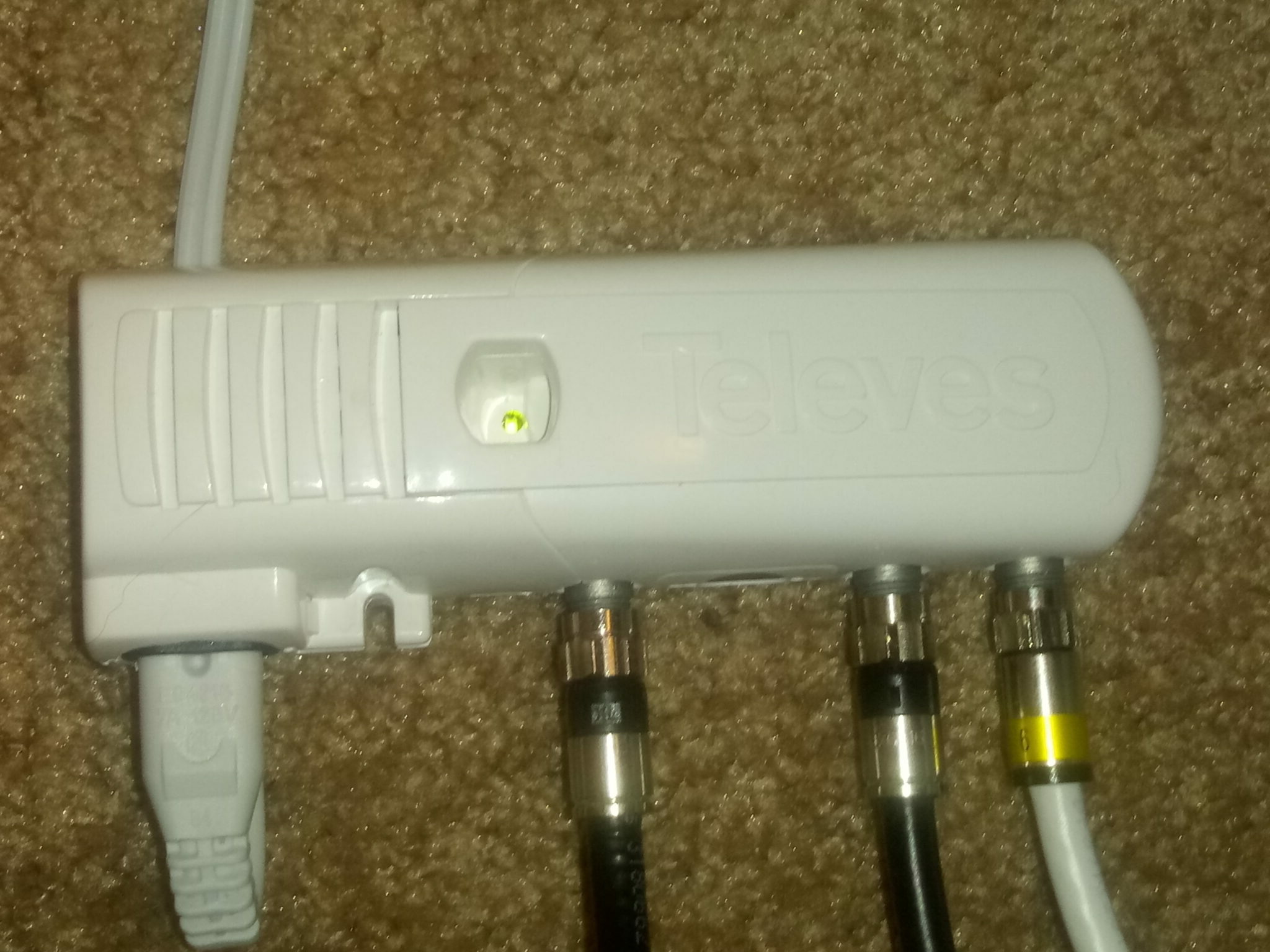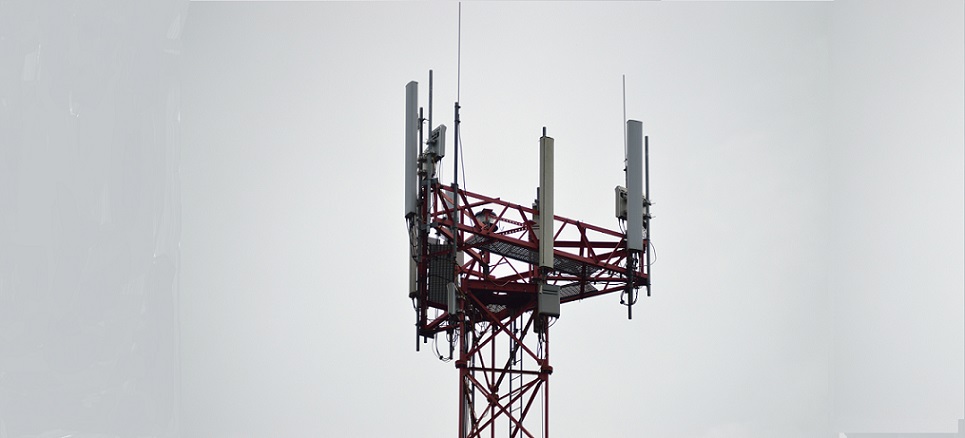After years of experimenting with various amplified flat indoor antennas in multiple dwellings and on multiple floors with different amounts of trees etc I came to a conclusion. If someone tells you that there is a definitive antenna experience they are probably speaking from ignorance. They may be well-meaning and speaking honestly about their own experience but still, most of the time a persons personal experience will not be like your own, unless of course you share a number of the same circumstances.
There are a number of good flat indoor antennas from companies like Winegard, Mohu and Antennas Direct. Even Amazon got in on the game with an antenna seemingly based on the Mohu Leaf line of products. Most people need to use antennas with built-in amplifiers in order to give themselves the best chance to get a consistent signal. And in the right situation amplified signals work well. But the truth is that any indoor antenna can struggle based on a number of factors from where it is in the home to what is around the home like trees, other structures and things of that nature. Users have to take a realistic look at their distance from transmitter towers as well. If an antenna advertises a 100 mile range, this does not mean that a home 95 miles away from a tower has the same likelihood of getting a strong signal as someone 40 miles away from the same transmitter with the same product. And no matter how close one is, there are still all of the factors that I listed already to think about.

All things being equal, the variable that seems to make the biggest difference is if an antenna is mounted outside or not. My best experience with an indoor antenna was in an apartment building on the third floor. When I was able to move to a home that allowed me to install an outdoor antenna I took advantage of a chance to have one professionally installed by a representative from Dish Network for use with the AirTV tuner. When you have an antenna installed and mounted out doors you immediately eliminate a number of things that work against antenna use inside. You no longer need to worry about what floor it’s on, what kind of roof you have and so on. Plus, an outdoor antenna is wired into the coaxial system so that a TV is connected to the antenna via a coaxial cable, just like the old Cable TV setup. When we say coaxial we are talking about the little round ports in a home that are typically used to hook up cable TV. Many people don’t know that those same wires can be used to transmit a signal from an antenna as well.
We would not recommend installing one of the flat indoor styled antennas out doors. They are not made to hold up in bad weather etc. Plus actual outdoor antennas are larger and built to be mounted.
The difference in performance between indoor antennas and outdoor antennas is nearly as stark as night and day. Over the years even in the best of scenarios my indoor antennas would struggle from time to time. A signal that came in perfectly one day would pixilate right as a football game was in the last minutes of a tied game. Or in the middle of Jeopardy so we missed either the questions or answers. It was a regular re-education as to why people got cable in the first place long before ESPN or the rise of the Kardashians. But once there was an antenna installed outside, in the same neighborhood, with the same trees and distance to the towers the experience was transformed. First of all a channel scan picked up on far more channels than we were able to receive from indoor antennas. The number of channels from OTA providers though is arbitrary if you can not get the main network affiliates clearly. In our case we are now able to get our network affiliates perfectly. CBS, NBC, ABC, FOX, CW and PBS all beam onto our TV’s as though they were delivered via cable, with the best picture quality possible. Of course there

are a number of other networks in our market as well.
We have had this set up in place for almost a year and have been able to enjoy an entire football season hassle free. In my case I used an AirTV Tuner to transmit my OTA channels via the Sling TV app which blended my Internet/cable channels with the OTA signals so that it was all in the same guide. The experience is so consistent. I have almost forgotten about the low signal alerts that could accompany the TV experience otherwise.
Some things you should know about this kind of set up
Depending on how you receive home Internet you may still need to have one coaxial port available for a modem. Your Installer will configure this ahead of time. This means that if you wish to have a TV directly tied in to a wall you will have to set up a the model/router in a place that will not interfere with that. Keep this in mind if you have a modem in the same room as your primary TV. In my case, the cable Internet is in the living room and my tuner is set up in the office.
A separate tuner can be wired into the system. This allows the tuner to receive the powerful signal directly from the antenna. It also allows the user to send the OTA signal to multiple devices. While we use an AirTV tuner primarily in our home, you can use what ever brand you prefer. Just keep in mind that some tuners require a wired connection to the Internet in order to function.
You need to know if your neighborhood will allow you to put an antenna on your home.
Mounting will most likely involve some drilling, but this is not something that will hurt the integrity of a roof.
Mounting an antenna will still not fix issues associated with being too far away from broadcast towers. If you are 150 miles away or deep in a mountain valley this will not fix the problem






